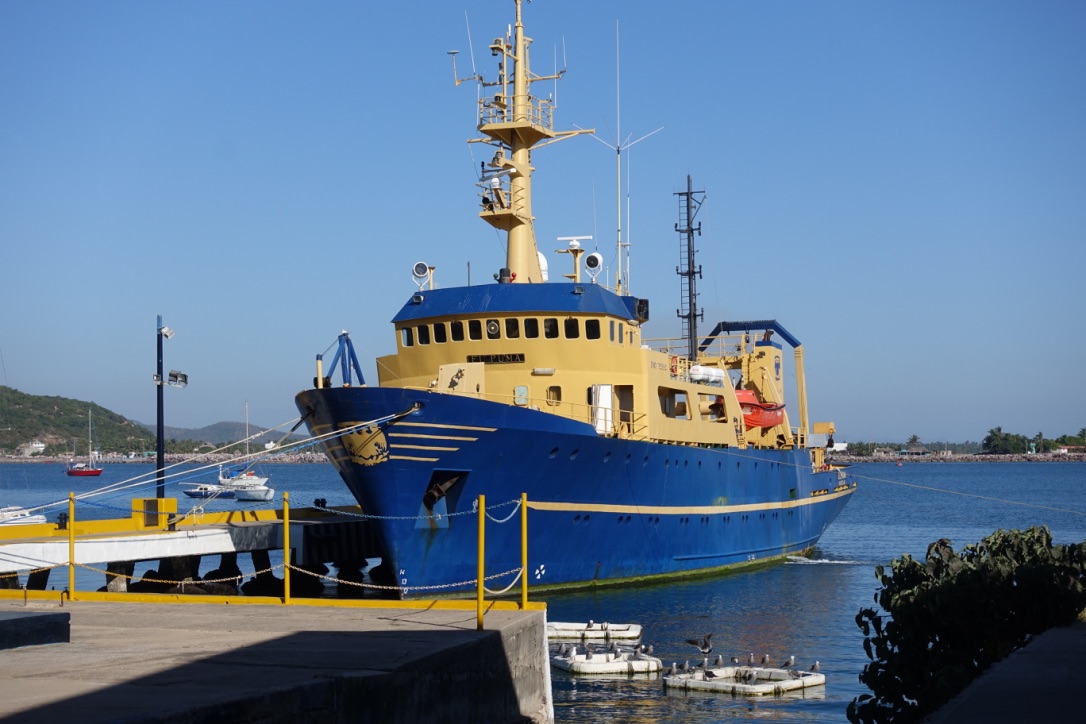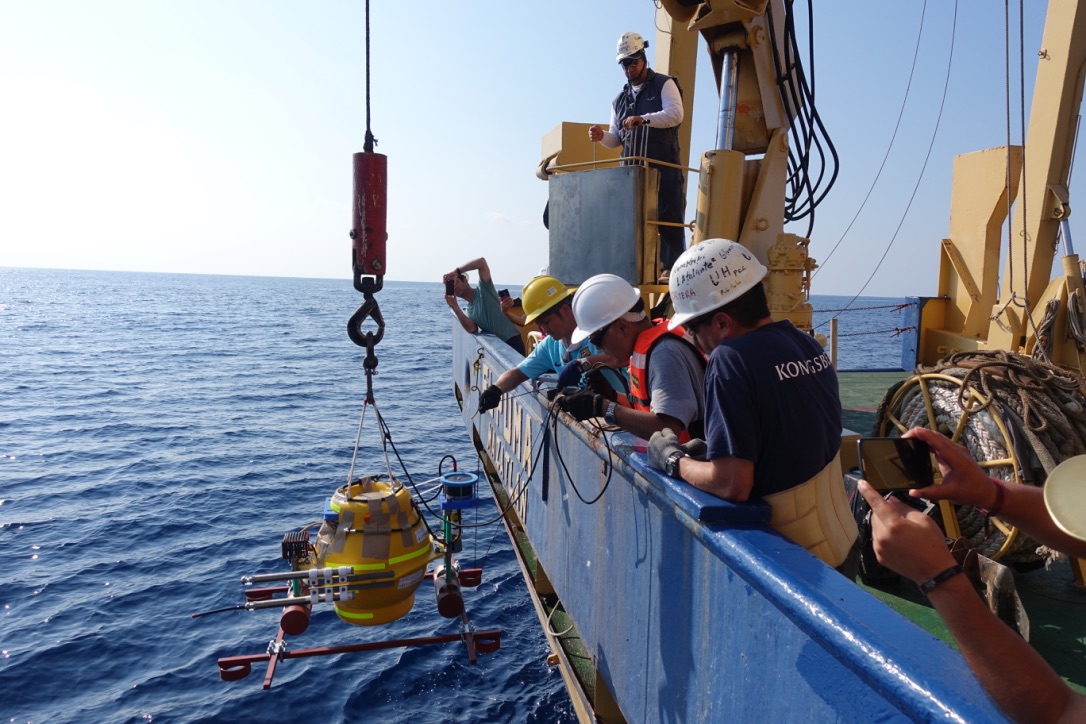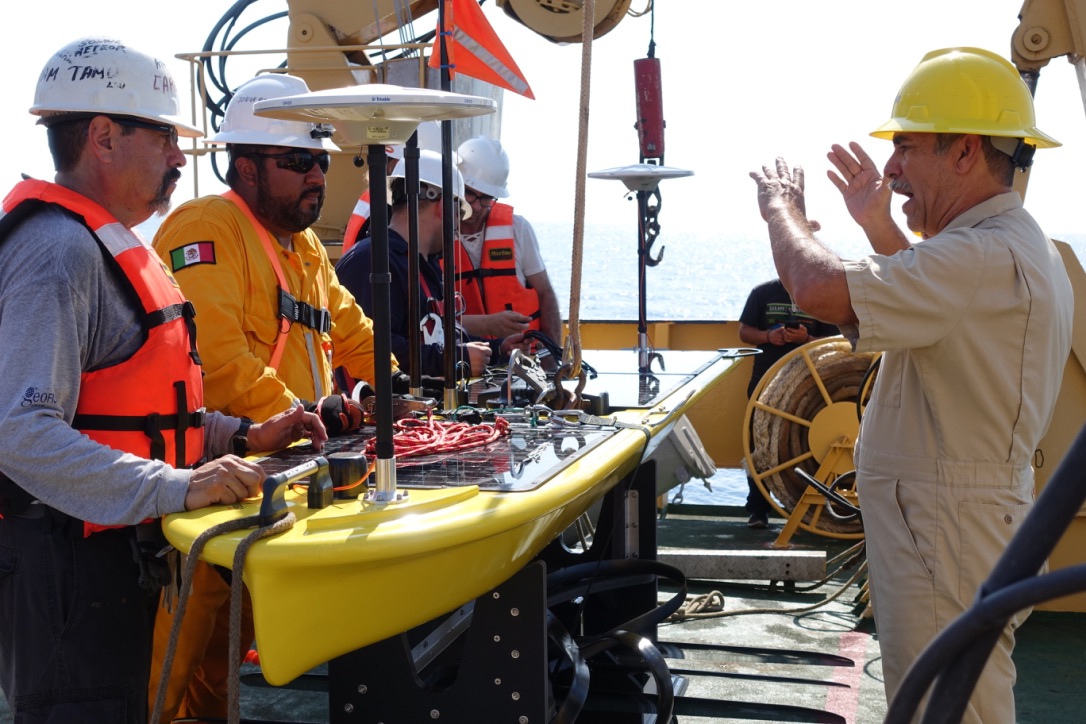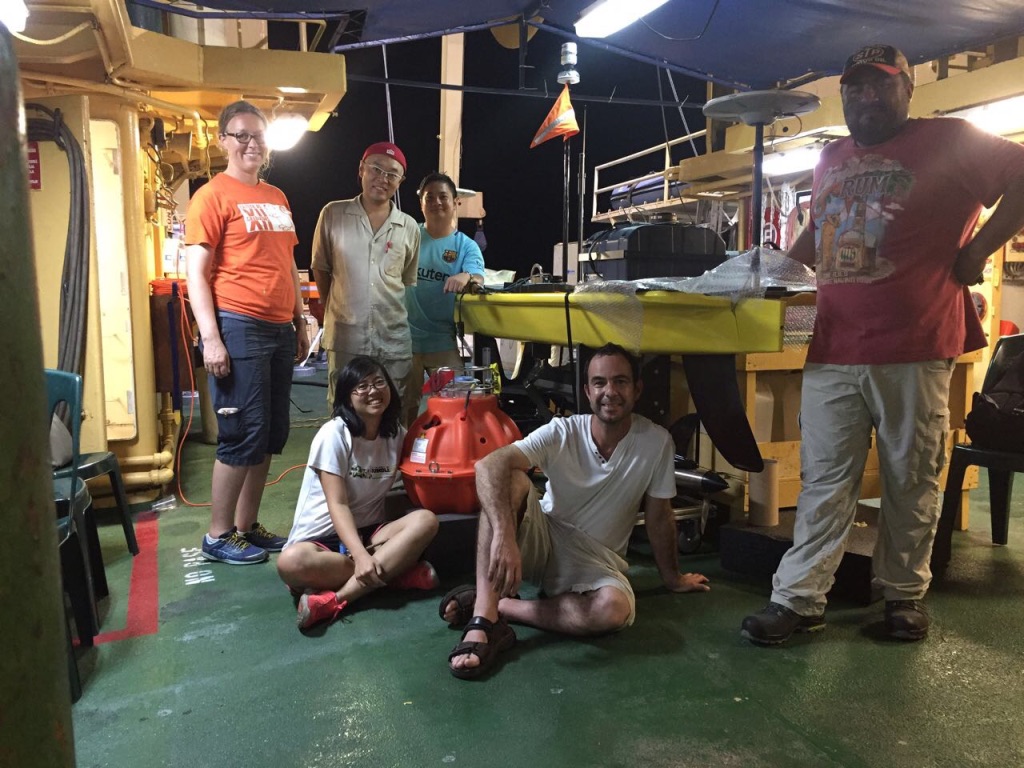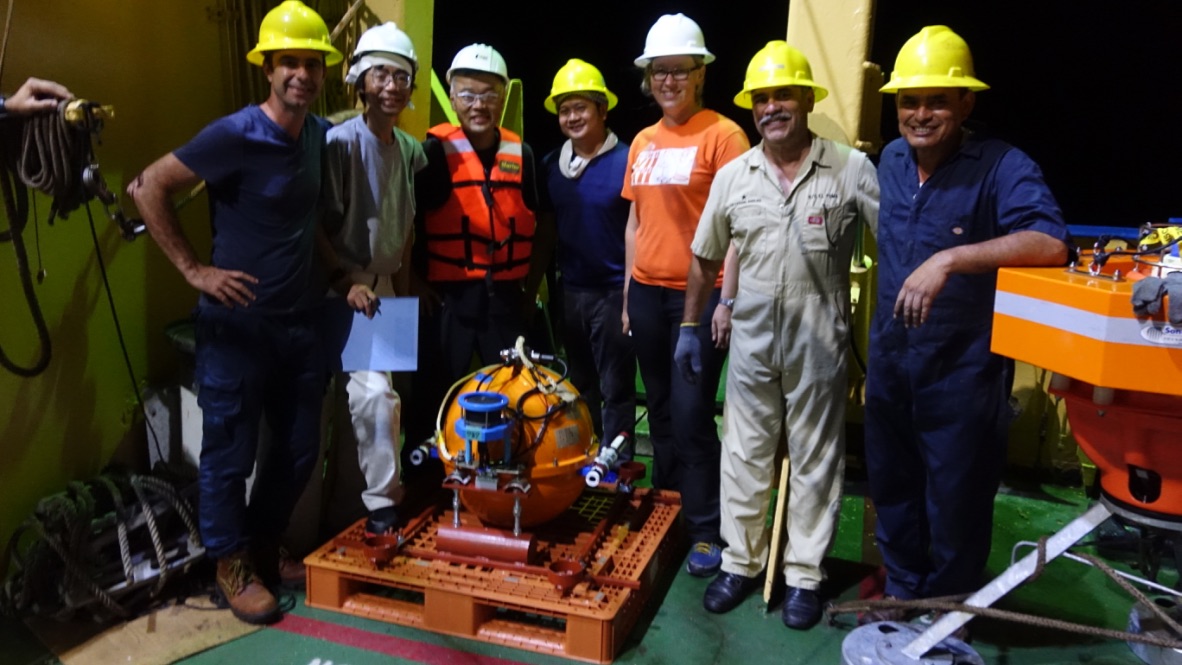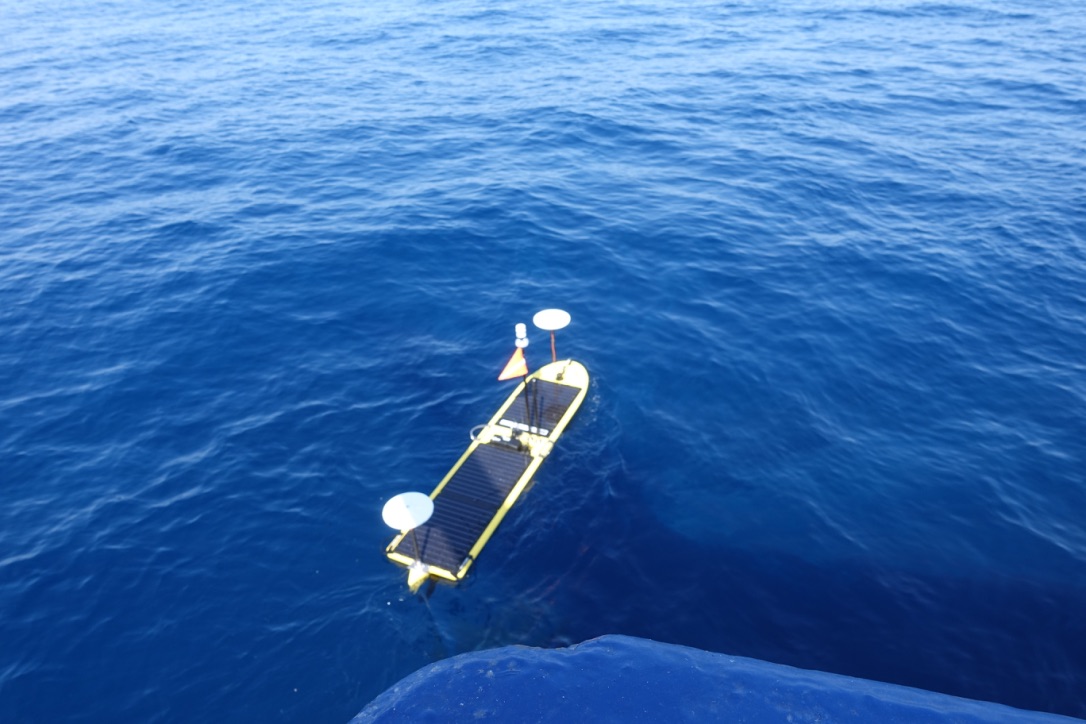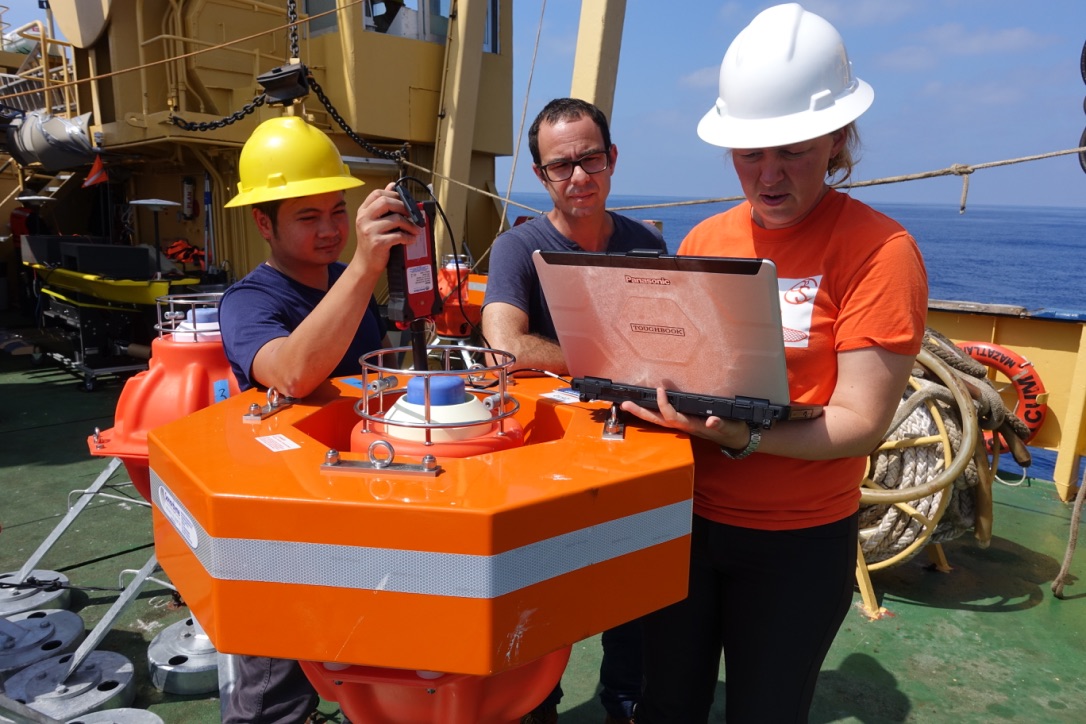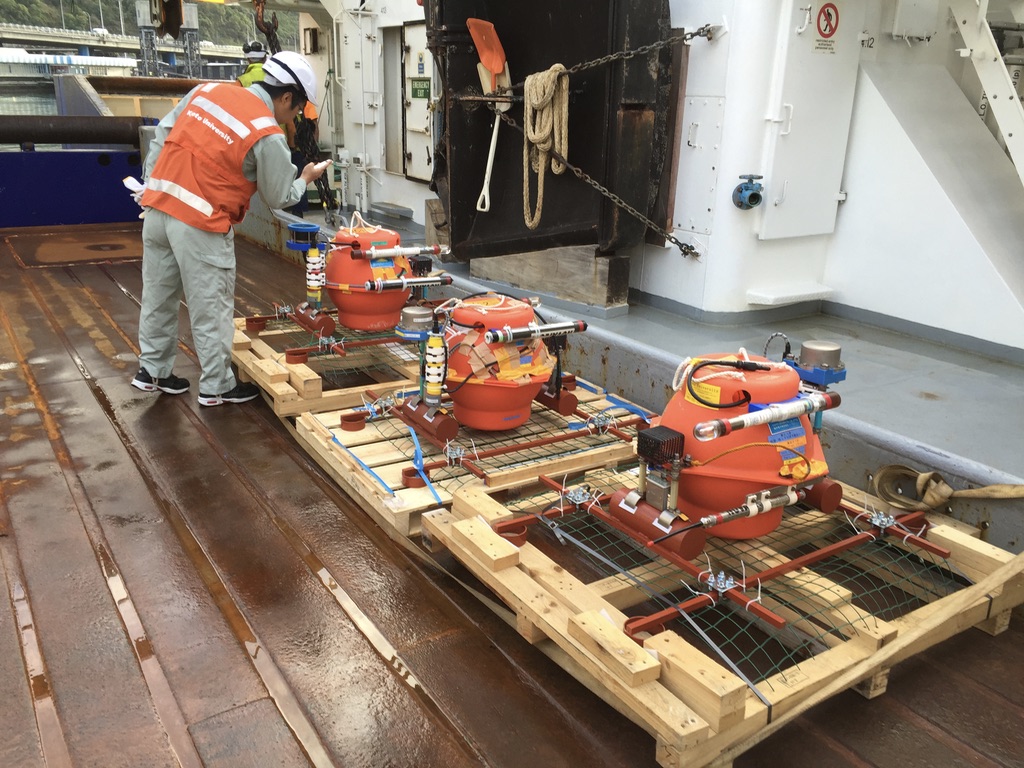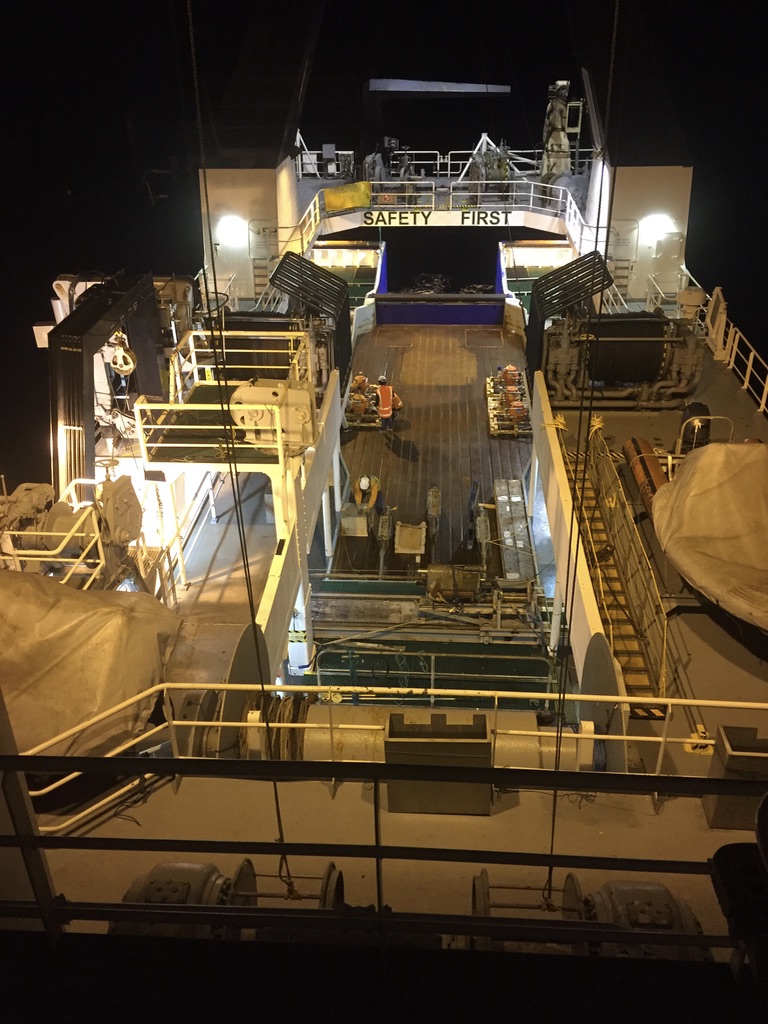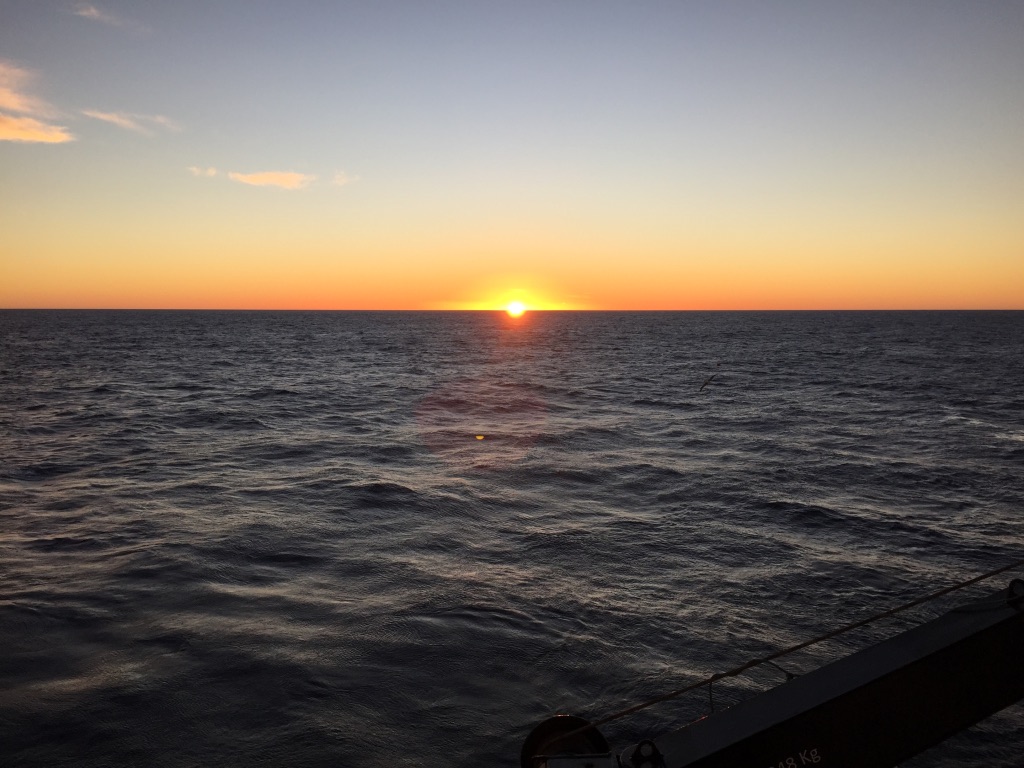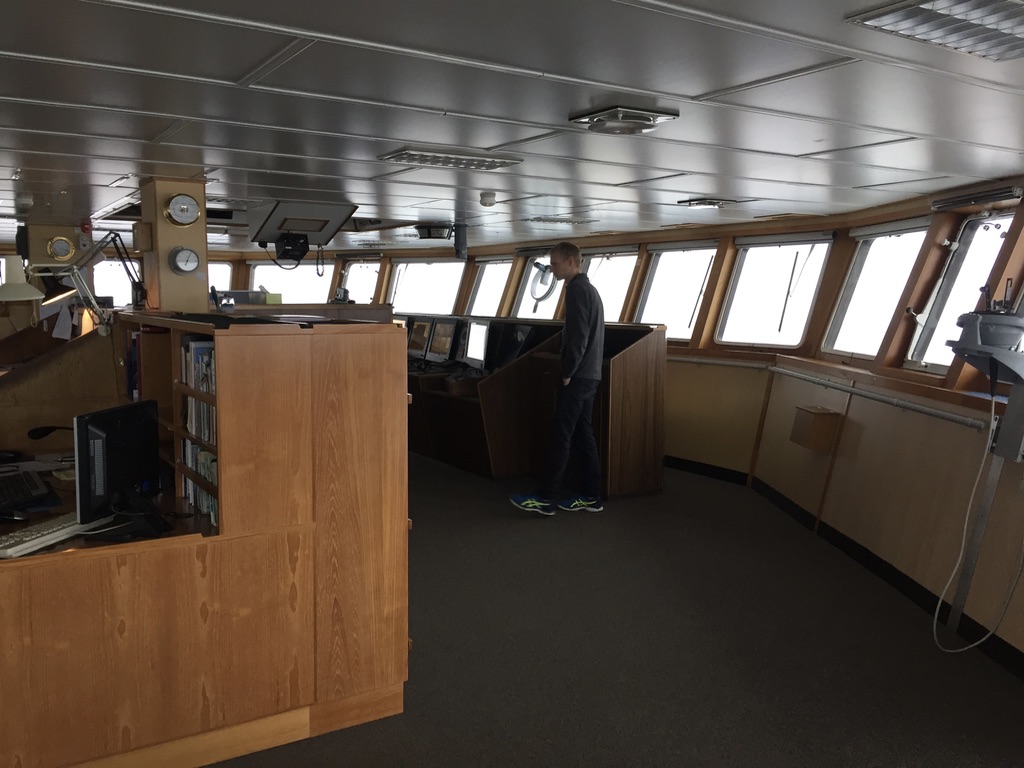Projects
- JST-JICA: SATREPS(FY2015-present) Principal Investigator, Hazard Assessment of Large Earthquakes and Tsunamis in the Mexican Pacific Coast for Disaster Mitigation
- JST Web site: http://www.jst.go.jp/global/kadai/h2710_mexico.html
- JICA Web site: http://www.jica.go.jp/press/2015/20150513.html
- AMEXCID Web site: http://amexcid.gob.mx/index.php/es/comunicacion-/comunicados/2460-mexico-y-japon-evaluaran-el-peligro-asociado-a-grandes-terremotos-y-tsunamis-en-el-pacifico-mexicano
- Latest News on Science: http://www.sciencemag.org/news/2017/11/underwater-network-hunts-mysterious-slow-quakes
- JSPS;Bilateral Open Partnership Joint Research Project (FY2014-FY2015) Principal Investigator, Comparison of slow earthquakes among Mexico, Japan, and Nankai subduction zones
- MEXT; KAKENHI (Scientific Research on Innovative Areas) (FY2014-2018: 20190449), Co-Investigator, Unified understanding of intra-island deformation after the great Tohoku-oki earthquake, Sub-project A01
- JSPS: KAKENHI (Grant-in-Aid for Specially Promoted Research) (FY2014-2018: 26000002), Co-Investigator, Uncover processes of slips-to-the-trench, their past and present.
- Project web site: http://www.jdash.org/
- Link to JSPS web site: http://www.jsps.go.jp/j-grantsinaid/25_tokusui/data/kadai_shinki_26/h26_e102_hino.pdf
- JSPS; KAKENHI (Scientific Research A) (FY2014- 2018) , Principal Investigator, Slow slip to the trench ?
- ERI, University of Tokyo; Research project (B) (FY2013- FY2015), Principal Investigator, Observation and modeling for slow slip event in the Hikurangi subduction zone
- J-DESC; IODP Feasibility study (FY2012-2014), Principal Investigator, Observations of slow earthquakes toward drilling projects of slow slip areas in the Hikurangi Margin, New Zealand
- ERI, University of Tokyo; International Research project (D), (FY2012), Principal Investigator, Ocean-bottom observation of Slow slip events in the Hikurangi subduction zone
- JST; J-RAPID (FY2011-2012: 11103034), Co-Investigator, Crustal seismic velocity changes and deformation associated with The 2011 off the Pacific coast of Tohoku Earthquake
- JSPS: KAKENHI (Grant-in-Aid for Young Scientists B) (FY2010-2012: 10013764), Principal Investigator, Seismic heterogeneous structures based on auto-correlation analysis of ambient noise on ocean-bottom seismometer records
Abstract:We obtained ambient seismic noise interferograms as seismic reflection images using autocorrelation functions (ACFs) in the northeastern Japan subduction zone. We constructed depth-migrated images using the ACFs. The depth-migrated images show a relatively seismically transparent structure within the subducting Pacific slab and a reflective structure within the mantle wedge. Furthermore, the migrated images show seismic scatterers within the subducting Pacific Slab. These images suggest that seismic scatterers, such as fluid from dehydration reactions of the hydrated metamorphosed mantle, exist in the lower as well as upper plane of the seismicity in the double seismic zone.

Fig. Scatterers and Vp distribution along a cross section perpendicular to the Japan Trench Gray and black dots indicate the scatterers calculated from auto-correlation analysis of ambient noise. (Ito et al., Tectonophysics, 2012) 
Fig. Interpretation of the results (Ito et al., Tectonophysics, 2012) - MEXT; KAKENHI (Scientific Research on Innovative Areas), Co-Investigator, (FY2009-2013: 09151829) KANAME: Sub-project C02: Comprehensive modeling of pre- and co-seismic processes
- Project’s web site: KANAME
- JSPS; KAKENHI (Scientific Research A) (FY2008-2012: 20244070) Co-Investigator, Multi-scale types of slow earthquakes based on ocean-bottom geodetic and seismological observations
Abstract: We have observed two slow slip events in the Japan subduction zone. The slow slip events was observed in 2008 and 2011 by ocean-bottom geodetic network that had been newly established on the present work. Moderate and large Interpate earthquakes in 2008 and 2011 were preceded by the slow slip events respectively. The slow slip event in 2011 preceded the largest foreshock of the 2011 Tohoku-Oki earthquake. These suggest that slow slip plays an leading role in stress buildup to earthquake generation.
Photos: HOBITSS:Hikurangi Ocean Bottom Investigation of Tremor and Slow Slip, off North Island, New Zealand



